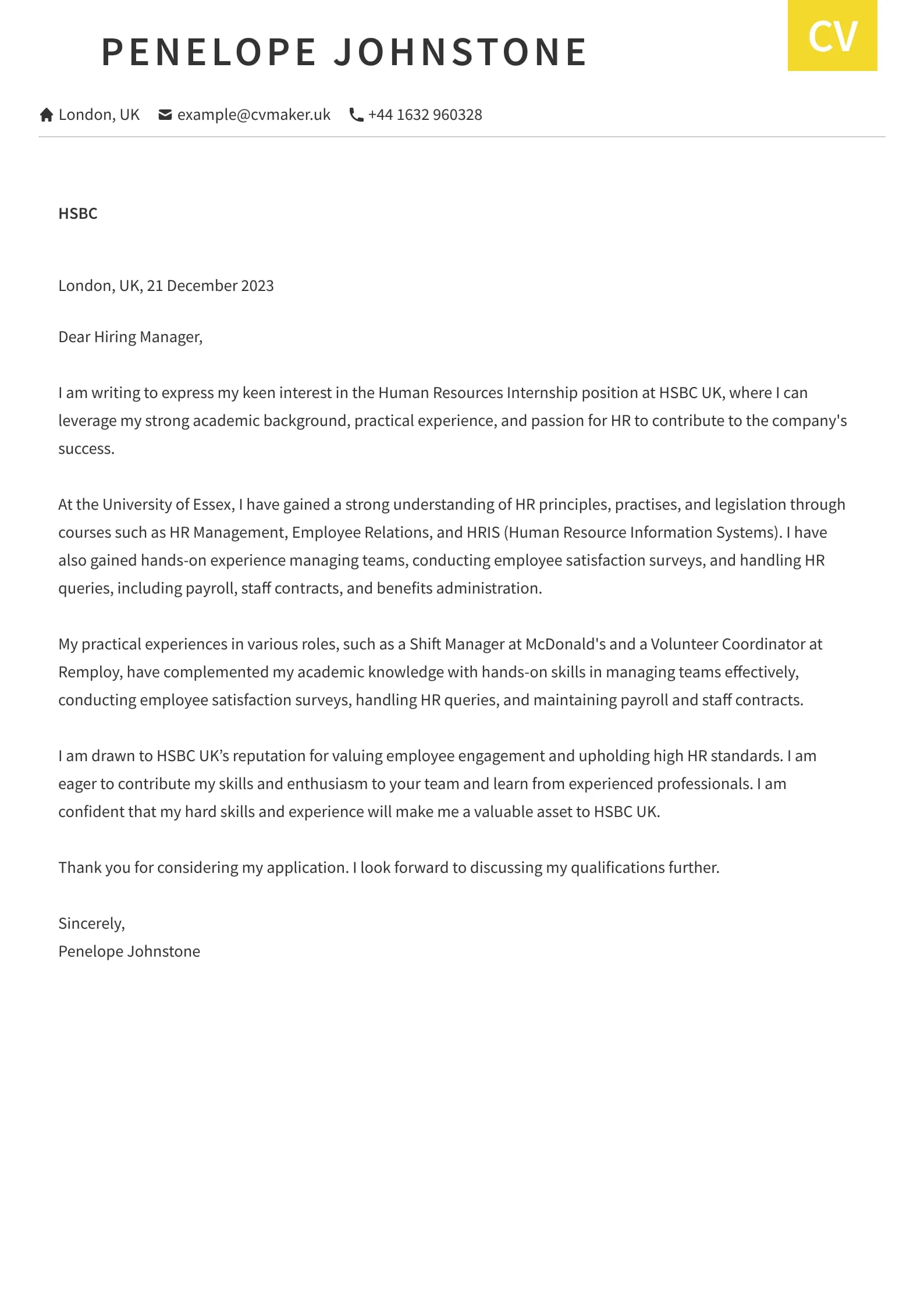What is a CV Cover Letter
A CV cover letter, often simply called a cover letter, is a crucial document that accompanies your Curriculum Vitae (CV) or resume when applying for a job. It serves as your introduction to a potential employer, providing context to your CV and highlighting your most relevant skills and experiences. Think of it as your opportunity to make a strong first impression and persuade the hiring manager to read your CV. A well-crafted cover letter significantly increases your chances of getting an interview. It allows you to showcase your personality, explain your career goals, and demonstrate why you are the perfect fit for the role and the company. This guide offers comprehensive steps to help you create a standout cover letter.
The Purpose of a CV Cover Letter
The primary purpose of a CV cover letter is to capture the hiring manager’s attention and express your genuine interest in the position. It’s not just a formality; it’s your chance to elaborate on your qualifications in a way that a CV cannot. A cover letter provides a narrative that connects your skills and experiences to the job requirements. Furthermore, it allows you to demonstrate your understanding of the company, the role, and the industry. By highlighting your achievements and explaining how you can contribute to the company’s success, you set yourself apart from other applicants. A compelling cover letter is a key element for getting your foot in the door.
Key Components of a Winning CV Cover Letter
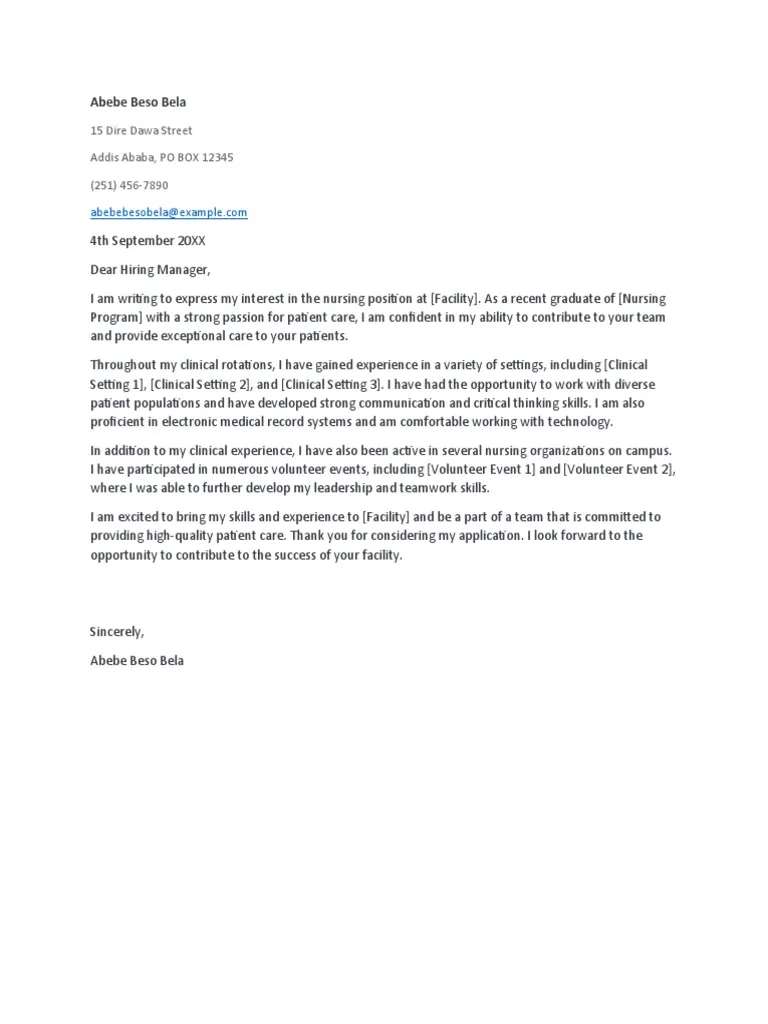
A successful cover letter should include several key elements to effectively communicate your value to a potential employer. Each component plays a specific role in showcasing your qualifications and interest in the position. By addressing each part with care and precision, you can create a cover letter that effectively grabs the reader’s attention and motivates them to read your CV.
Contact Information
Start with your contact information, including your name, address, phone number, and email address. Make sure this information is up-to-date and professional. Place this at the top left or right corner of the document. This allows the hiring manager to easily reach you. Ensuring the accuracy and clarity of your contact details is crucial for potential communication from the employer. Double-check every detail to prevent any errors that could hinder their ability to contact you.
Personal Greeting
Address the hiring manager by name if possible. If you don’t know the name, research it on the company website or LinkedIn. If you can’t find a specific name, use a professional greeting such as “Dear Hiring Manager.” This shows you’ve done your research and demonstrates a personalized approach, setting a professional tone from the start. This small step can significantly improve the perception of your attention to detail and initiative.
Opening Paragraph
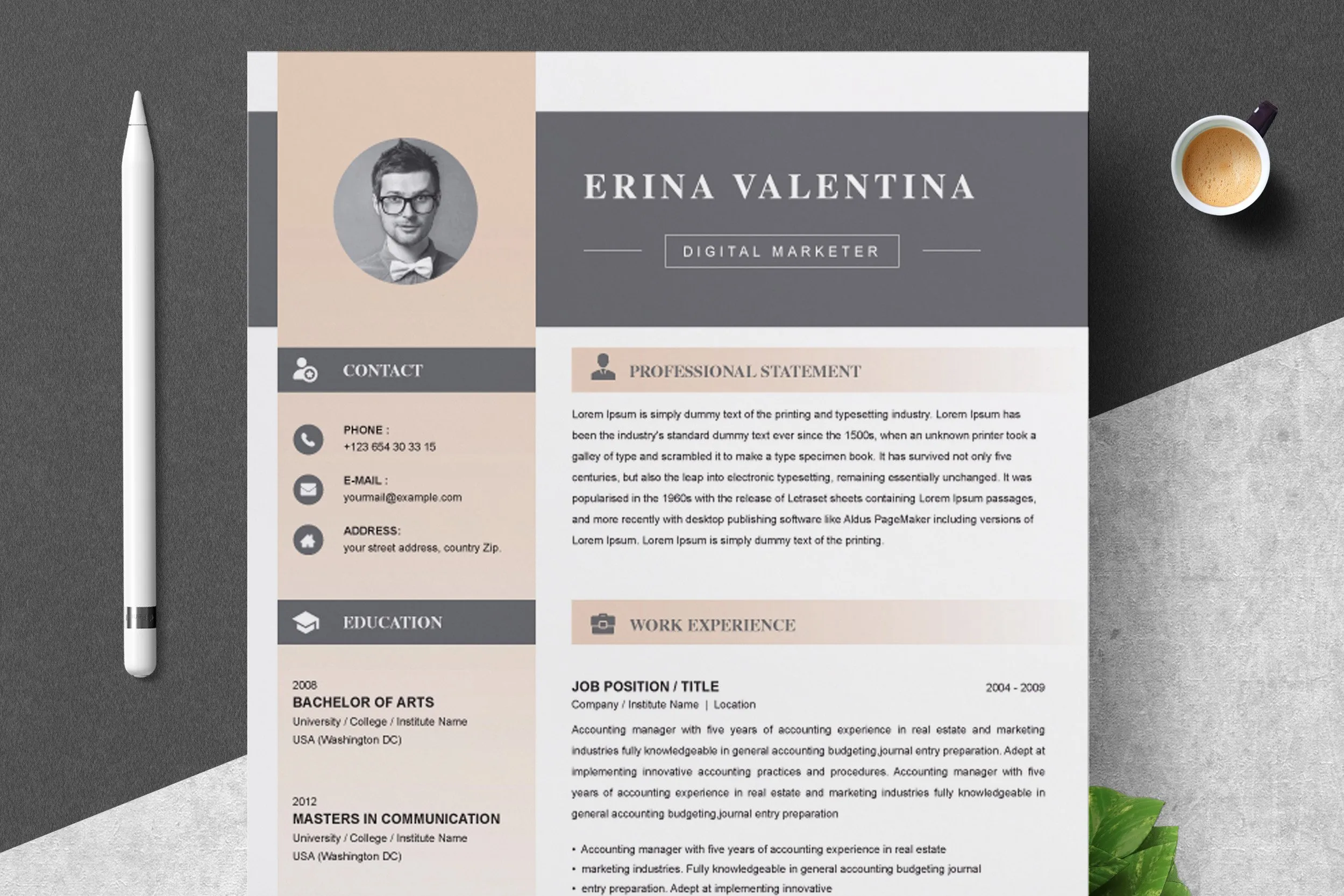
Start with a strong opening that immediately grabs the reader’s attention. State the position you are applying for and where you saw the advertisement. Briefly explain why you are interested in the role and the company. This sets the stage for the rest of your letter. Your opening statement should convey your enthusiasm and make the hiring manager want to read further. It provides an immediate overview of your purpose and intent.
Body Paragraphs Highlight Your Skills
In the body paragraphs, highlight your relevant skills and experiences. Focus on how your qualifications match the job requirements. Provide specific examples of your achievements and how you’ve demonstrated these skills in the past. This is your opportunity to showcase your value and demonstrate why you’re the best candidate for the job. Focus on the key skills mentioned in the job description and use concrete examples to support your claims.
Showcase Relevant Experience
Elaborate on your past experiences that align with the job requirements. Describe your responsibilities, the projects you worked on, and the results you achieved. Use action verbs to start your sentences and keep the focus on what you accomplished. Providing detailed descriptions of your roles and achievements will help the hiring manager understand your capabilities and how you can contribute to their team. Tailor the details to match the job description, highlighting the aspects that are most relevant.
Quantify Your Achievements
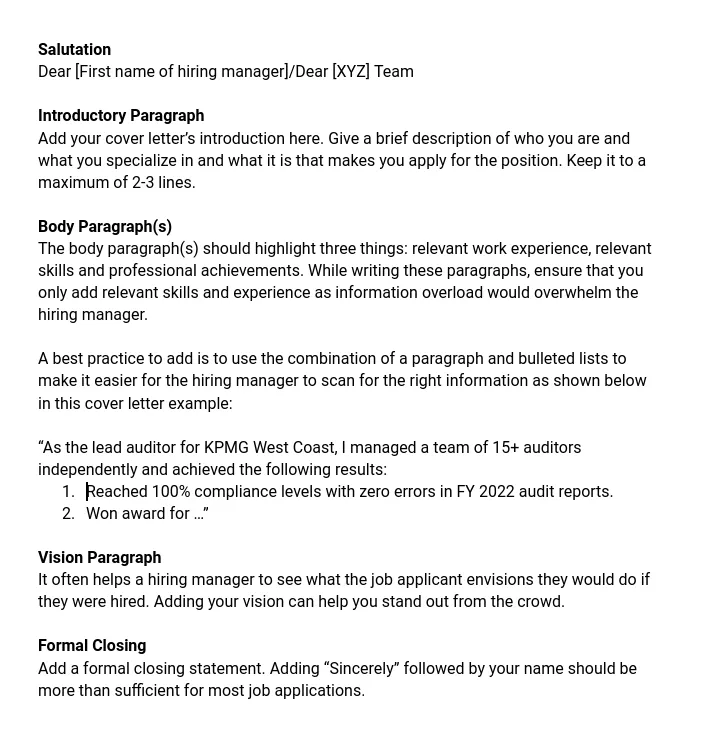
Whenever possible, quantify your achievements with data and metrics. Use numbers to demonstrate the impact you made in previous roles. For example, instead of saying “Improved sales,” say “Increased sales by 15% within six months.” Quantifiable achievements are more compelling and provide concrete evidence of your skills and performance. Highlighting your success using measurable results helps the hiring manager understand the value you can bring to their organization.
Closing Paragraph
In your closing paragraph, reiterate your interest in the position and the company. Summarize your key qualifications and express your enthusiasm for the opportunity. Thank the hiring manager for their time and consideration. A strong closing reinforces your key points and leaves a lasting positive impression. It should also make it clear that you are eager to move forward in the hiring process.
Express Enthusiasm and Interest
Convey your genuine enthusiasm for the job and the company. Explain what excites you about the opportunity and why you are a good fit for their culture. Demonstrate that you have researched the company and understand their values. Expressing genuine interest is crucial in showing the hiring manager your enthusiasm for the role and the organization. Highlighting your interest helps to convey your long-term commitment to the company.
Call to Action
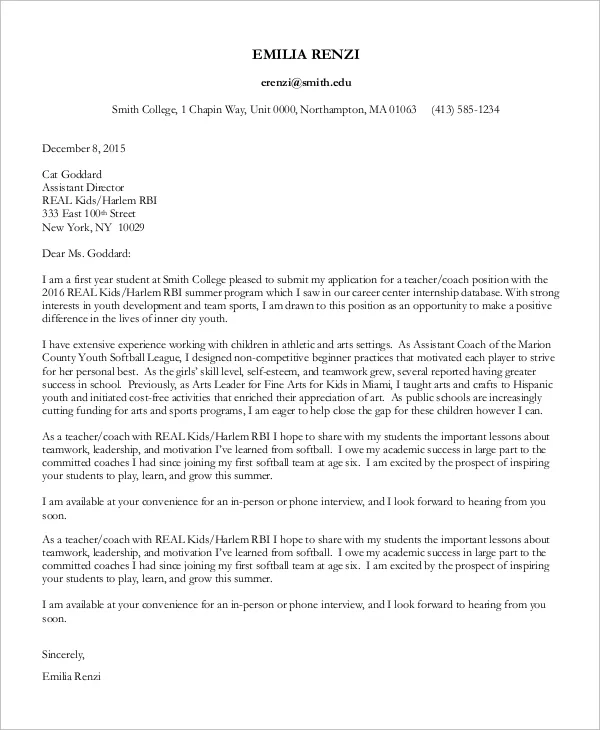
End with a call to action, such as stating that you are available for an interview and look forward to hearing from them. Provide your contact information again. This prompts the hiring manager to take the next step and encourages them to contact you. Including a call to action shows your proactive nature and reinforces your desire to move forward in the hiring process.
Formatting and Design Tips for Your Cover Letter
The format and design of your cover letter can significantly impact its readability and professionalism. A well-formatted letter is easier to read and more appealing to the eye, increasing the likelihood that the hiring manager will read your entire letter. The right formatting can also enhance the overall impression. Consider these tips.
Choose the Right Font and Size
Use a professional and easy-to-read font such as Times New Roman, Arial, or Calibri. Keep the font size between 10 and 12 points for optimal readability. Choosing a clean and classic font ensures your letter is accessible and looks professional. Avoid overly decorative or difficult-to-read fonts that can distract from the content of your letter. Proper font size ensures your letter is easy on the eyes, and you are not making the reader strain to understand your message.
Keep it Concise and Readable
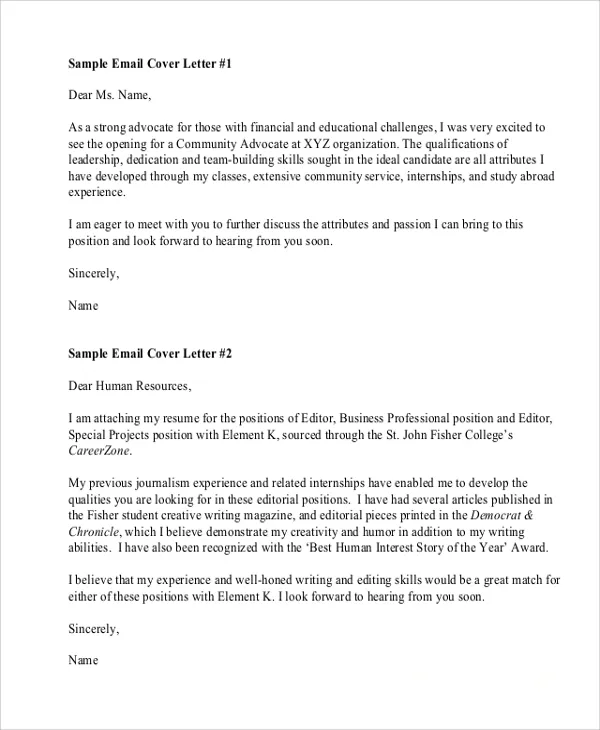
Keep your cover letter concise, ideally no longer than one page. Use clear and concise language, avoiding jargon and overly complex sentences. Use bullet points and white space to break up large blocks of text and improve readability. A concise, well-organized cover letter is more likely to be read and understood by a busy hiring manager. Break the sections up in a logical manner so that the reader does not feel as if they are reading through large, dense paragraphs.
Proofread Carefully
Proofread your cover letter multiple times for any typos, grammatical errors, or spelling mistakes. Ask a friend or family member to review it as well. Errors can undermine your credibility. Attention to detail is critical when applying for jobs. Thorough proofreading demonstrates your professionalism and attention to detail. Multiple reviews can help catch mistakes you might have missed. Use spell-check and grammar-check tools to aid your proofreading process.
Tailoring Your Cover Letter for Each Application
Customizing your cover letter for each job application is essential for making a strong impression. Generic cover letters are often easily identifiable and can suggest a lack of genuine interest in the specific role. Customization shows that you have taken the time to understand the company and the requirements of the position, thereby increasing your chances of getting an interview. Here’s how to tailor your cover letter for each application.
Research the Company

Before writing your cover letter, research the company thoroughly. Understand their mission, values, and recent achievements. Mentioning specific company initiatives or projects in your cover letter shows that you have done your homework. This demonstrates your interest in the organization and helps you tailor your letter to their specific needs. Visit their website, read news articles, and check their social media profiles to get a comprehensive understanding of the company.
Match Your Skills to the Job Description
Carefully review the job description and identify the key skills and qualifications the employer is seeking. Tailor your cover letter to highlight the skills and experiences that match these requirements. Use the same keywords and phrases from the job description. This ensures your letter is aligned with the role and helps the hiring manager quickly see why you’re a good fit. Emphasize how your skills and experiences directly address the requirements outlined in the job description.
How to Write a Cover Letter that Stands Out
Creating a cover letter that stands out from the competition requires attention to detail and a strategic approach. While it is important to adhere to the standard format, there are a few things you can do to make your letter more memorable and increase your chances of securing an interview. A well-crafted cover letter showcases your personality and unique qualifications in a way that will resonate with hiring managers.
Use Keywords

Incorporate relevant keywords from the job description into your cover letter. This helps the hiring manager quickly see that your skills and experience align with the role. Keywords also increase the chances of your application being detected by applicant tracking systems. Strategic use of keywords will increase your visibility in the screening process. Place your keywords strategically throughout your letter to ensure readability.
Highlight Your Personality
Let your personality shine through in your cover letter. Use a professional but authentic tone. Share anecdotes or stories that demonstrate your skills and experiences in a relatable way. This helps the hiring manager get to know you beyond your qualifications. Show your unique personality through your tone and language, adding authenticity. Let your enthusiasm shine through.
Demonstrate Your Understanding of the Role
Show that you understand the responsibilities of the role and how you can contribute to the company’s goals. Research the company and the industry. Describe how your skills can address the challenges they face. Understanding of the role and the company showcases your strategic perspective and readiness to take on the job. Connecting your expertise with the company’s goals shows that you are a well-rounded candidate.
Common Mistakes to Avoid
Avoiding common mistakes is crucial for creating a cover letter that makes a positive impression. Many errors can negatively impact your application. Paying attention to these potential pitfalls can greatly improve the effectiveness of your letter and increase your chances of success.
Generic Cover Letters
Avoid using generic cover letters that are not tailored to the specific job or company. Generic letters often fail to grab the hiring manager’s attention. Customize each cover letter. Show you have researched the position and the organization. Demonstrating a lack of effort is a sure way to get your application tossed aside.
Typos and Grammatical Errors
Carefully proofread your cover letter to eliminate typos and grammatical errors. Errors can create a negative impression and suggest a lack of attention to detail. Proofreading is essential. Always take the time to review your document or have someone else read it. Errors can make the reader lose confidence in your abilities.
Overly Formal or Informal Tone
Maintain a professional yet engaging tone throughout your cover letter. Avoid being overly formal or informal. The tone should reflect the company’s culture. Find a balance between being respectful and personable. It will give the impression that you are ready to thrive in their work environment.
CV Cover Letter Examples
Reviewing examples of CV cover letters can provide valuable insights into structure, tone, and content. Examples can also help you understand how to tailor your letter to different roles and industries. Using these examples as templates, you can easily adapt them to your own needs. Here are a few cover letter examples to guide your writing process.
Example of a Cover Letter for a Marketing Position
A cover letter for a marketing position should highlight your experience in marketing strategies, campaigns, and brand management. Focus on results-driven achievements. Quantify the successes with data. Demonstrate your creativity and understanding of marketing trends. Include a brief overview of your expertise and an enthusiastic expression of how you can support the growth of the brand. For instance, the letter should mention successful marketing campaigns, increased brand awareness, and a deep understanding of digital marketing. This helps you display your market intelligence.
Example of a Cover Letter for an Engineering Role
A cover letter for an engineering role should demonstrate your technical skills, problem-solving abilities, and experience with specific engineering projects. Highlight your experience with relevant tools and technologies. Provide details of any projects. Include measurable outcomes such as successful project completion, cost savings, or efficiency improvements. This may include proficiency in software such as AutoCAD or SolidWorks, and demonstrating an ability to contribute to various aspects of the project lifecycle, highlighting your strong technical skills and project success.
Example of a Cover Letter for a Finance Job
A cover letter for a finance job should showcase your analytical skills, financial expertise, and understanding of financial principles. It should highlight your experience with financial modeling, analysis, and reporting. Quantify your accomplishments with specific financial metrics. For example, mention your experience in financial statement analysis. Also include examples where you improved financial performance, managed budgets, and successfully completed complex projects. Focus on your experience and ability to drive positive financial results.
In conclusion, writing a successful CV cover letter requires careful planning, attention to detail, and a tailored approach. By following these guidelines, you can create a cover letter that effectively showcases your skills, experiences, and enthusiasm. Tailor your cover letter to each job application. Remember to proofread carefully. Make sure it aligns with the job requirements. This approach will greatly increase your chances of landing your dream job. Good luck with your job search!
